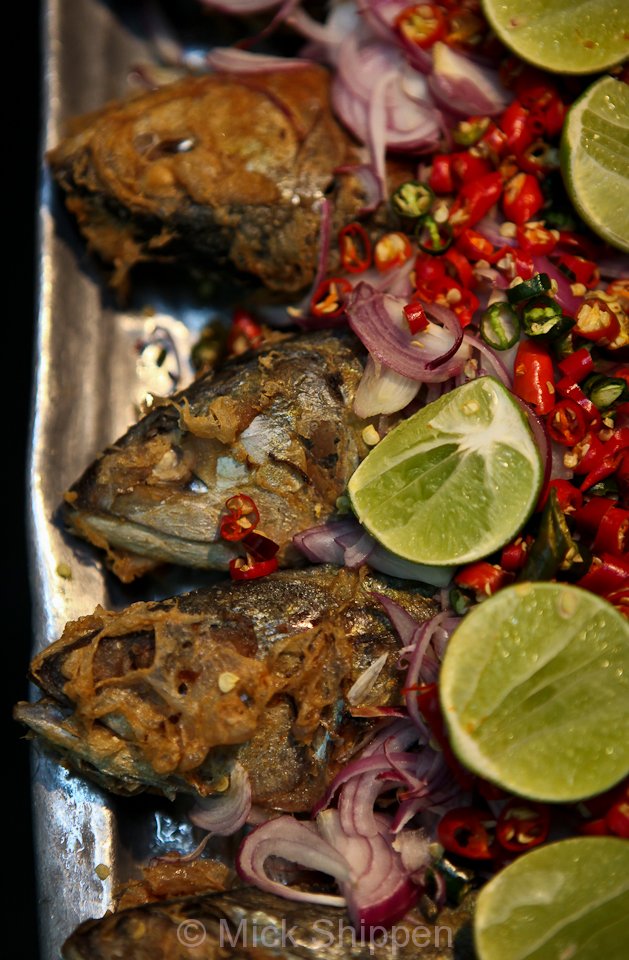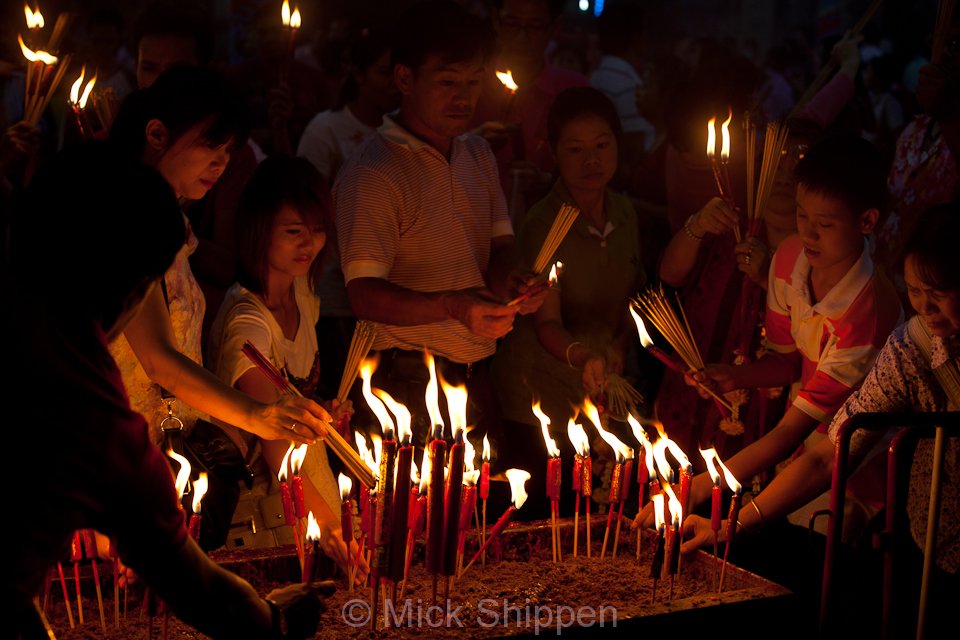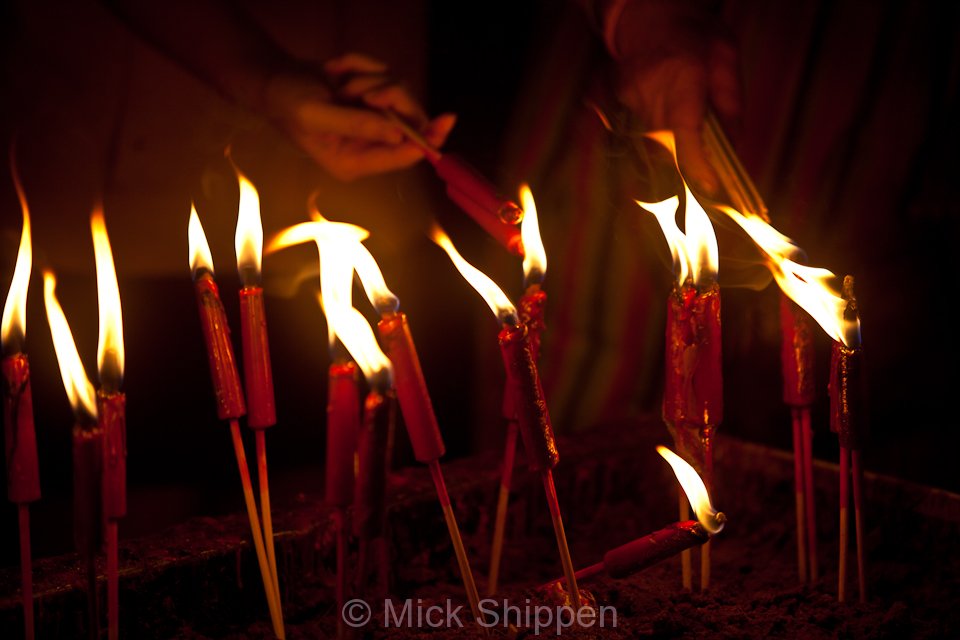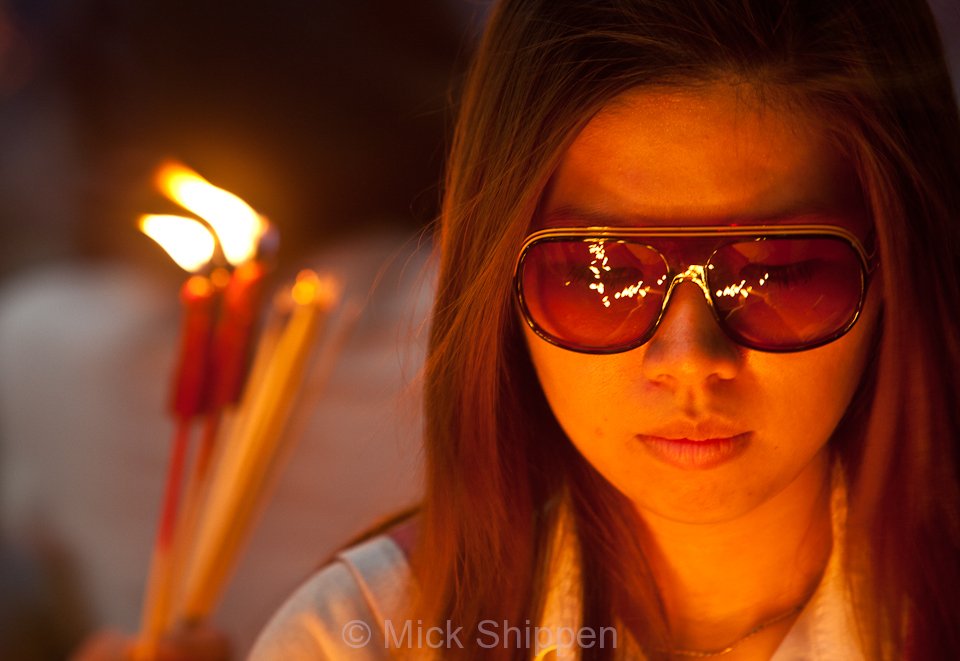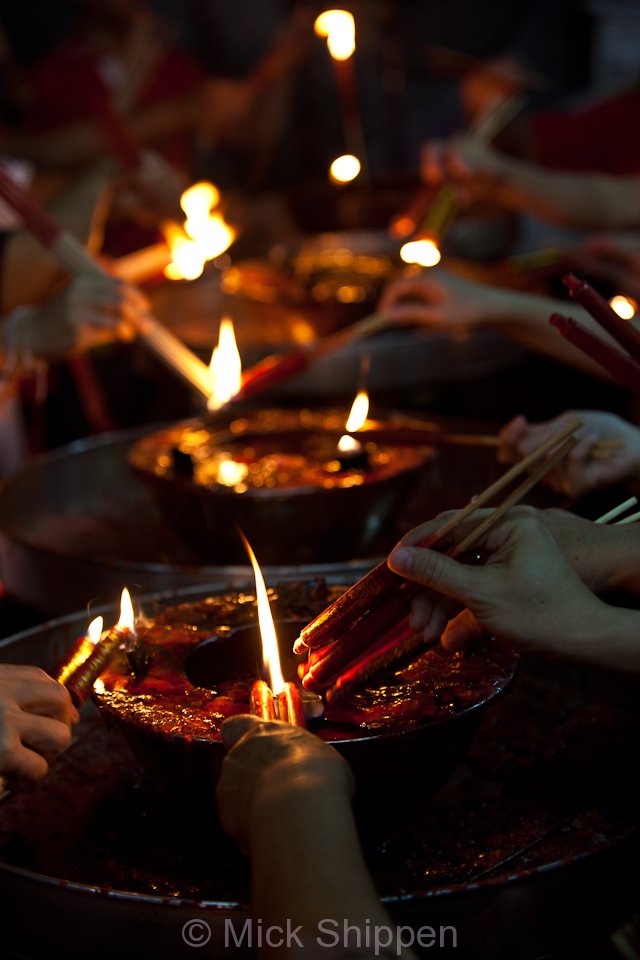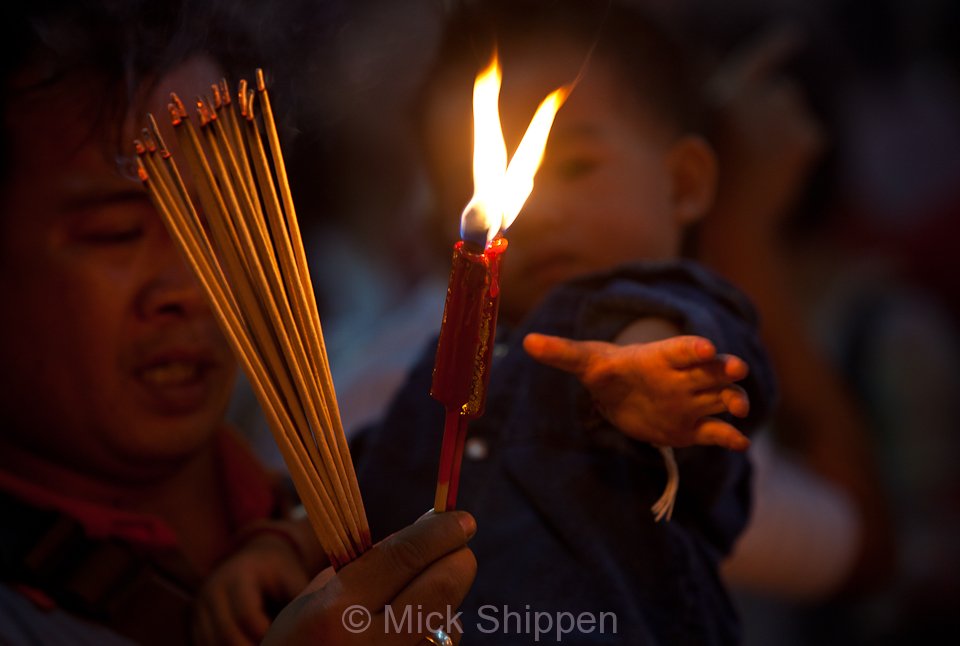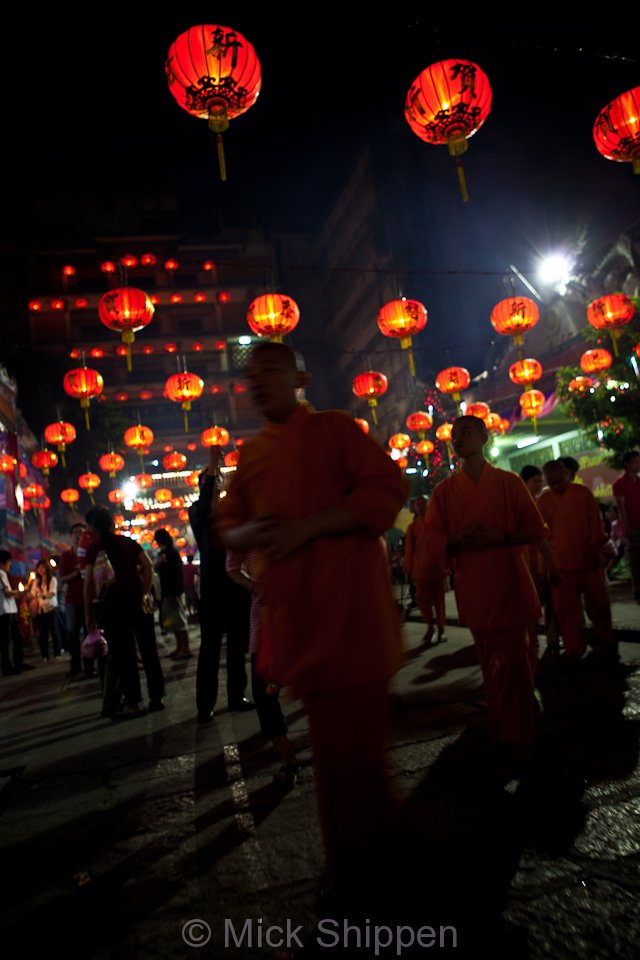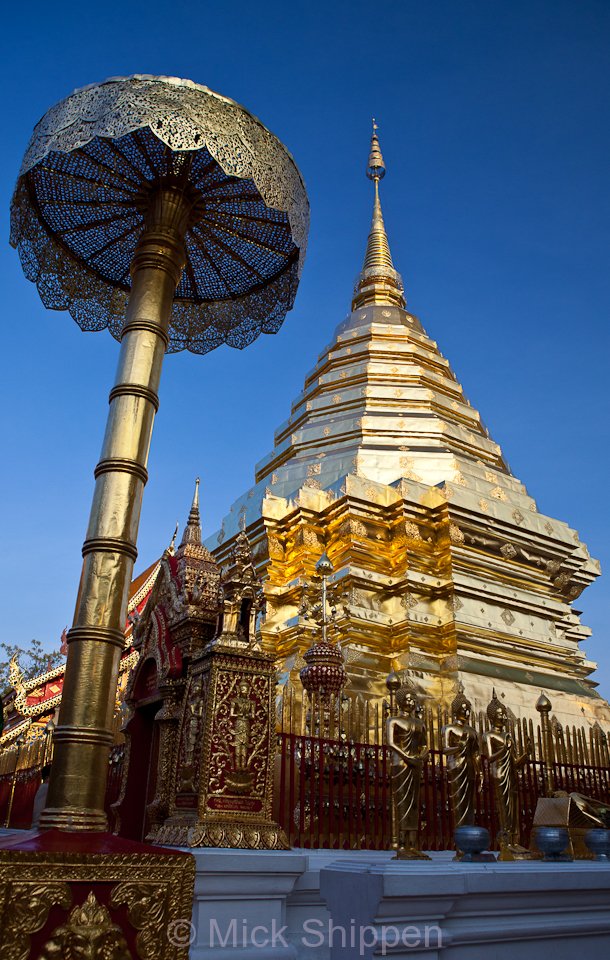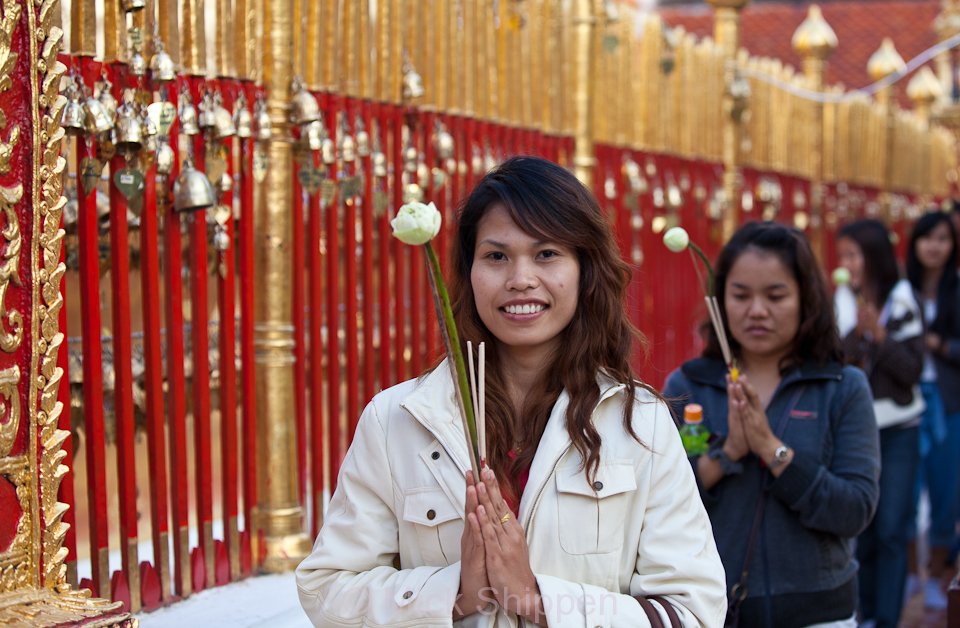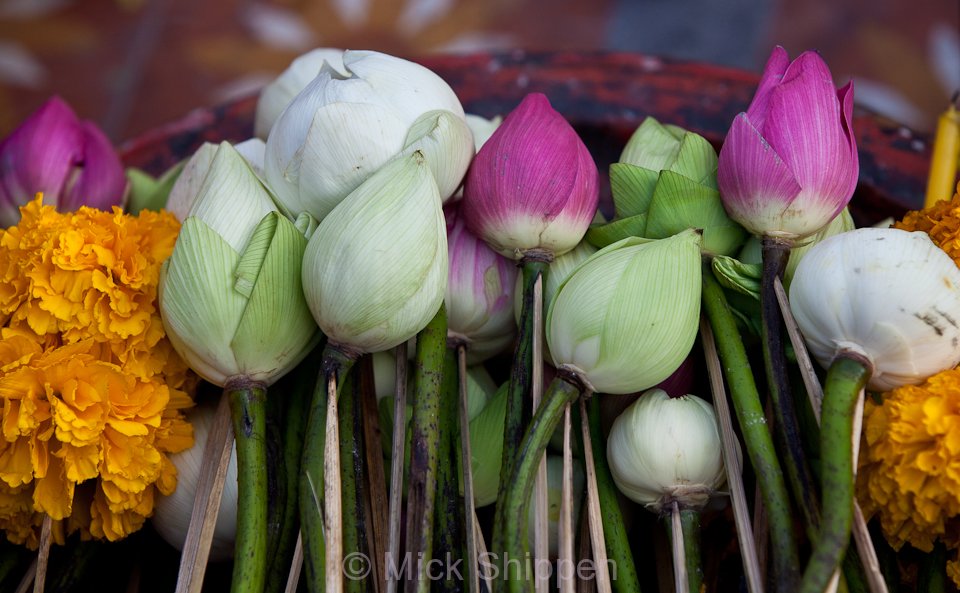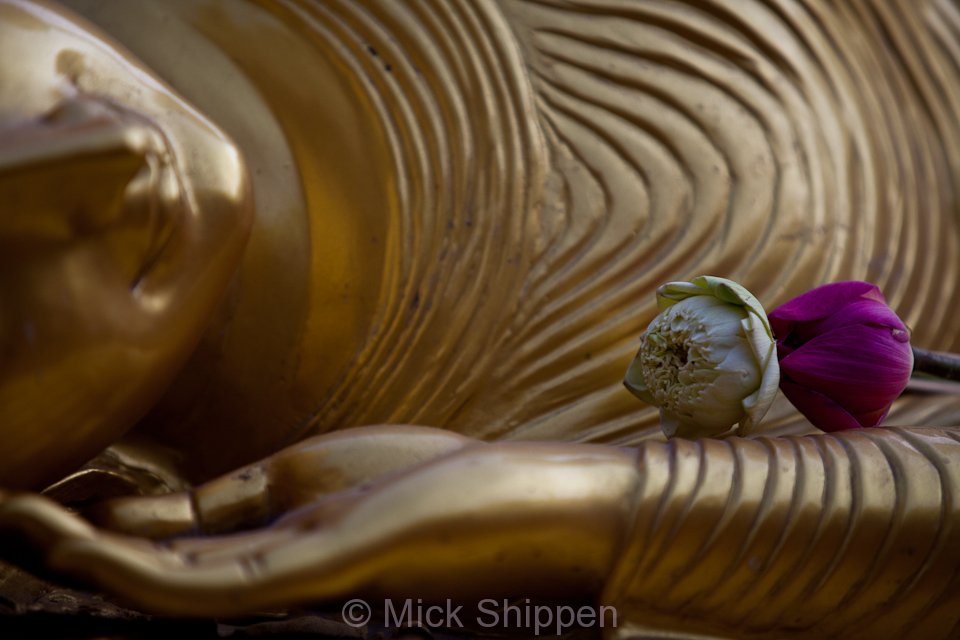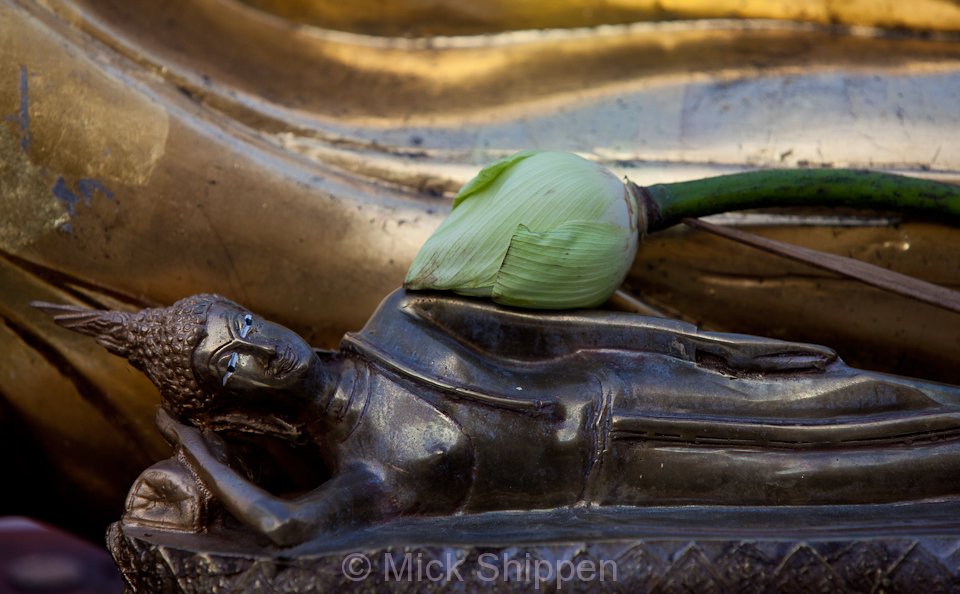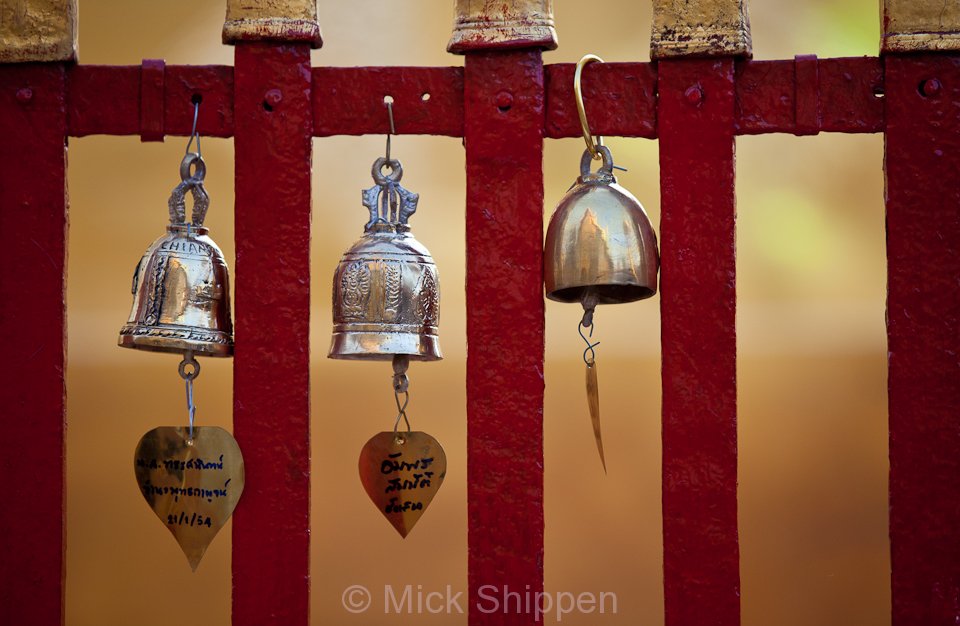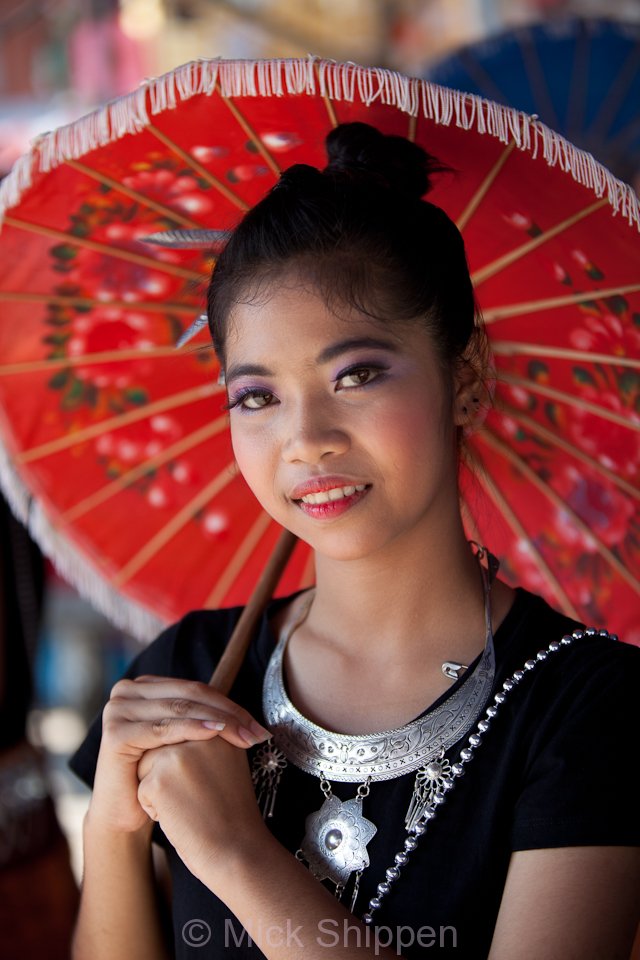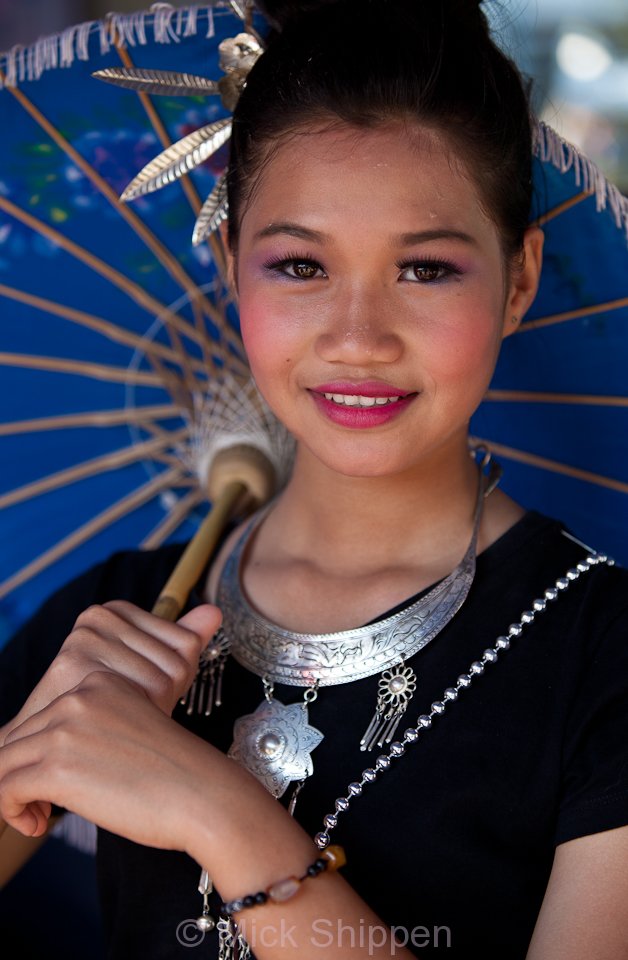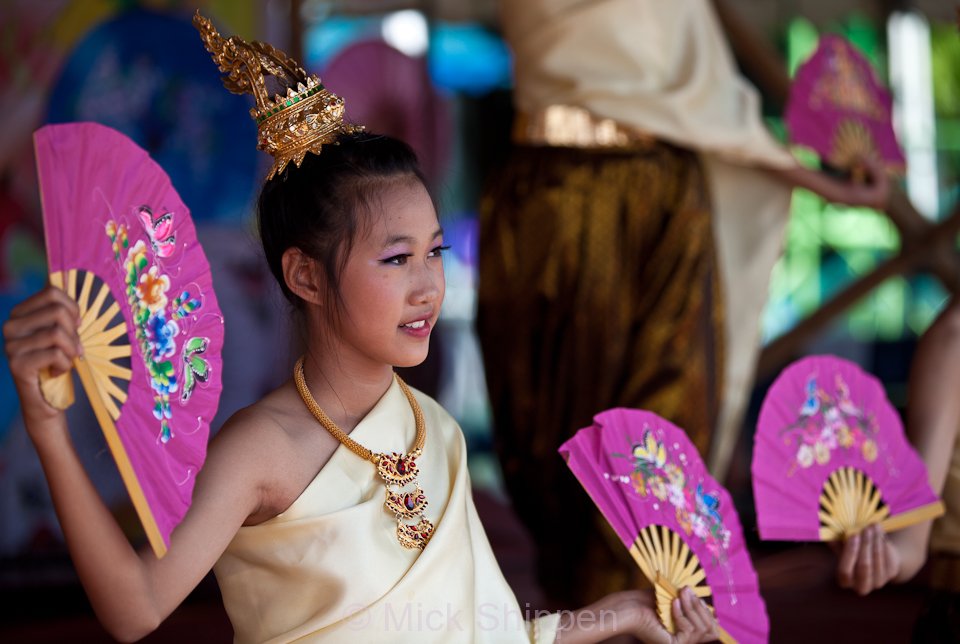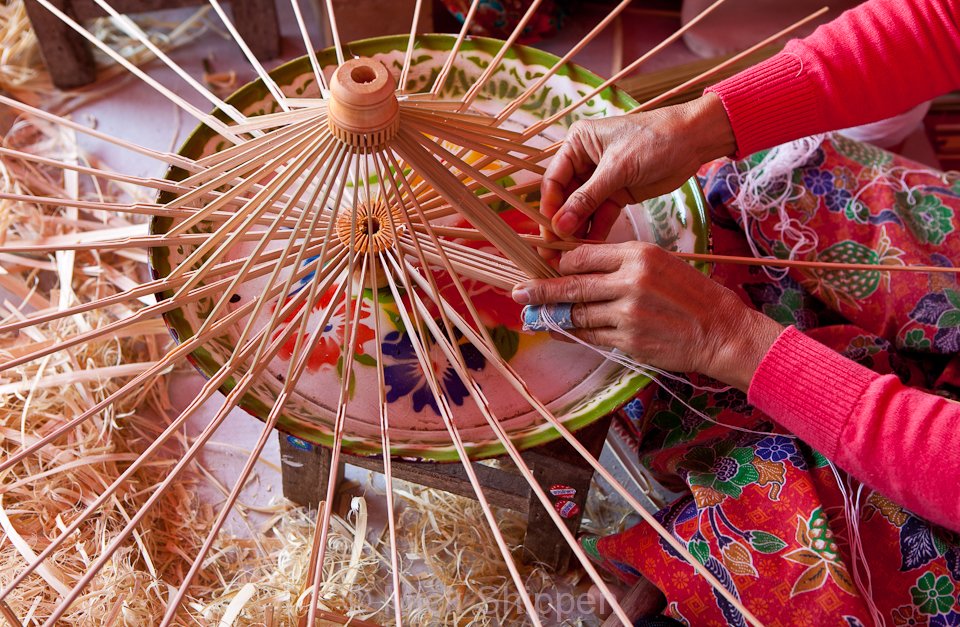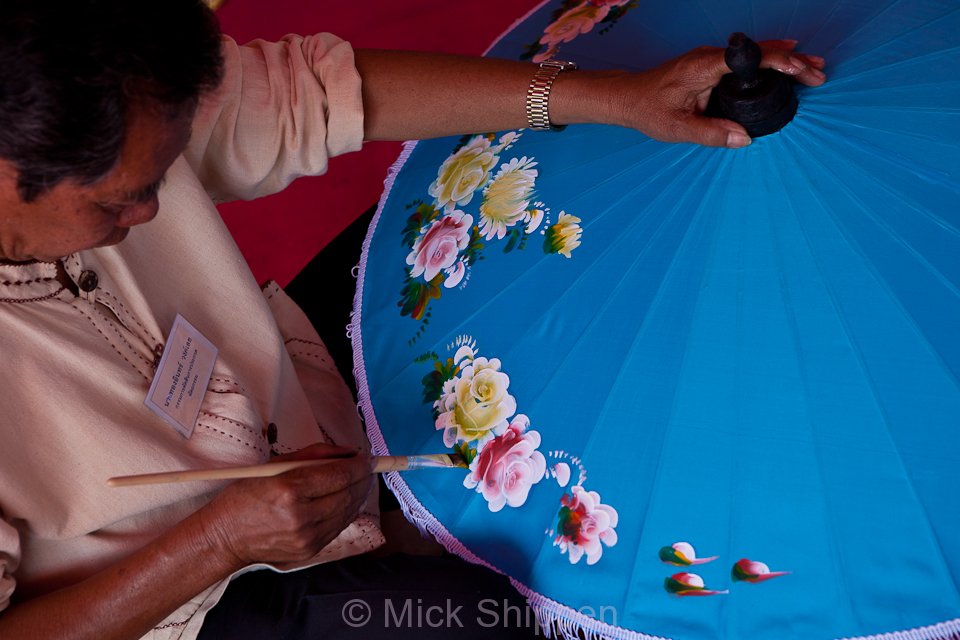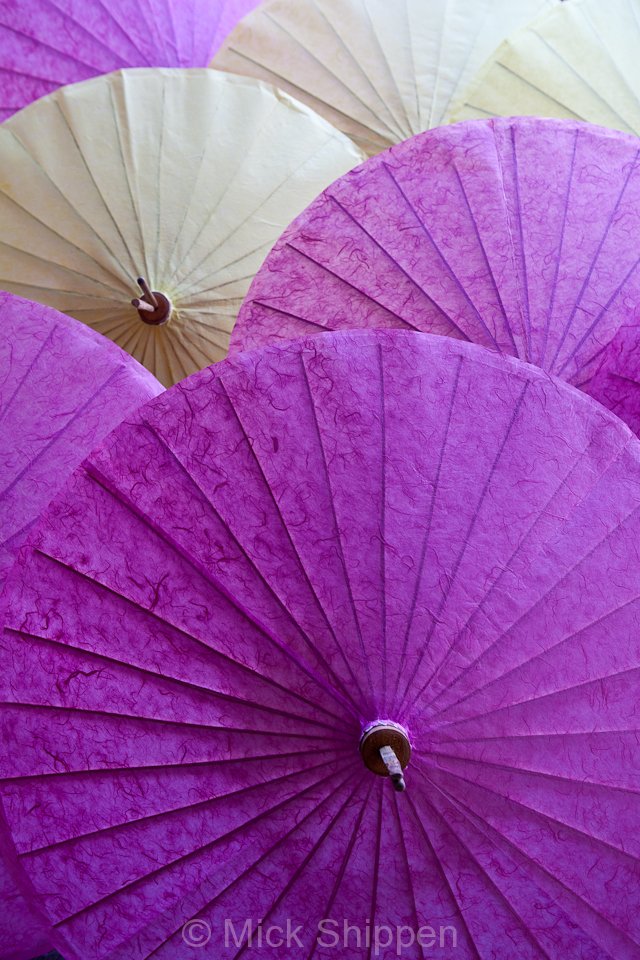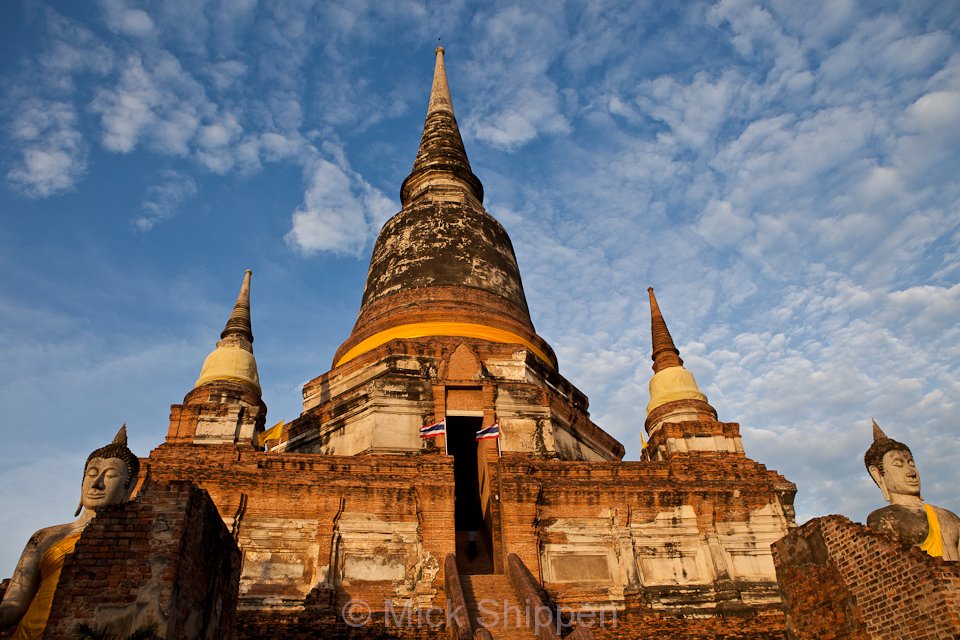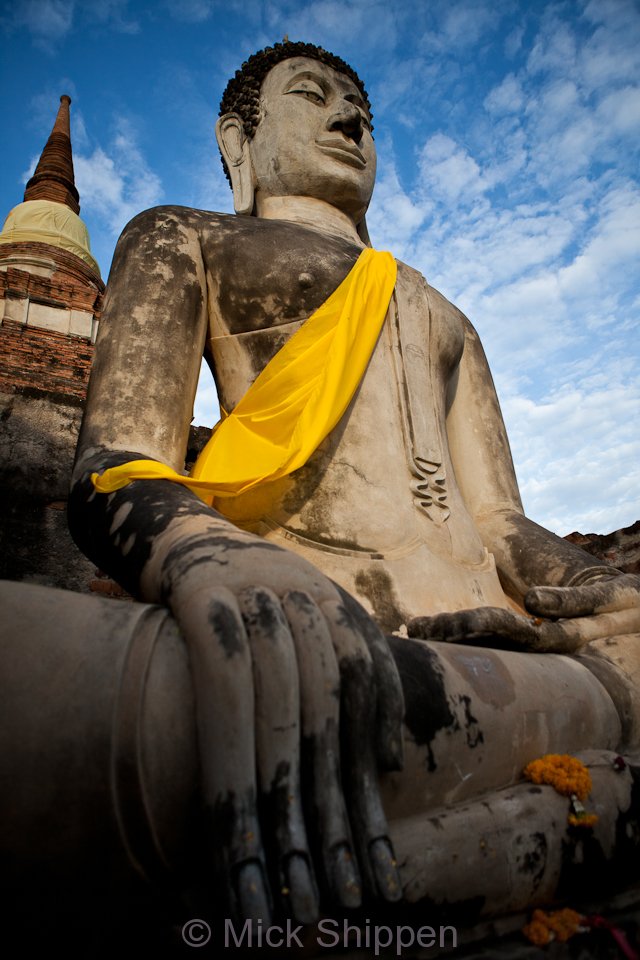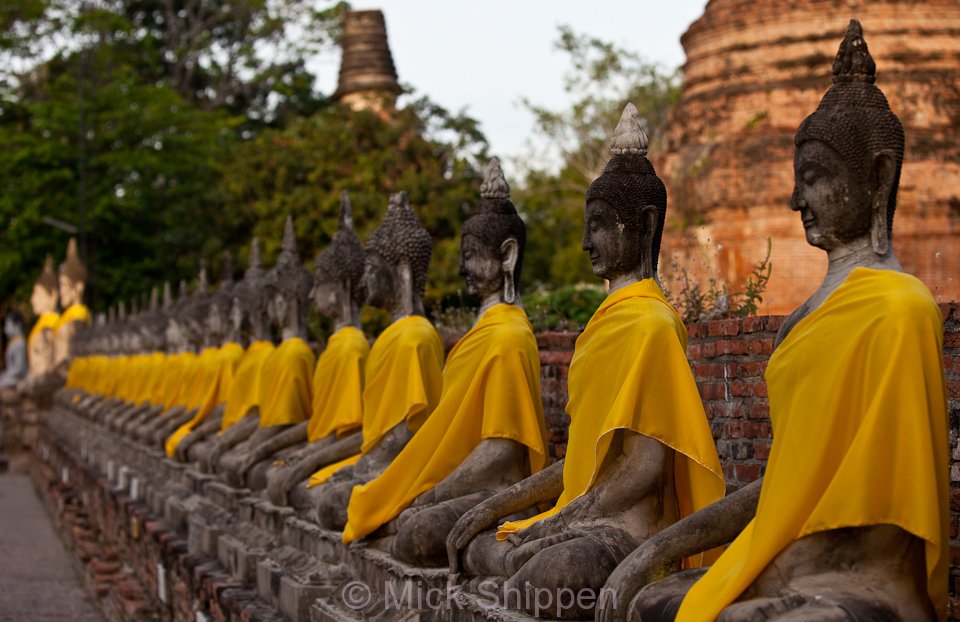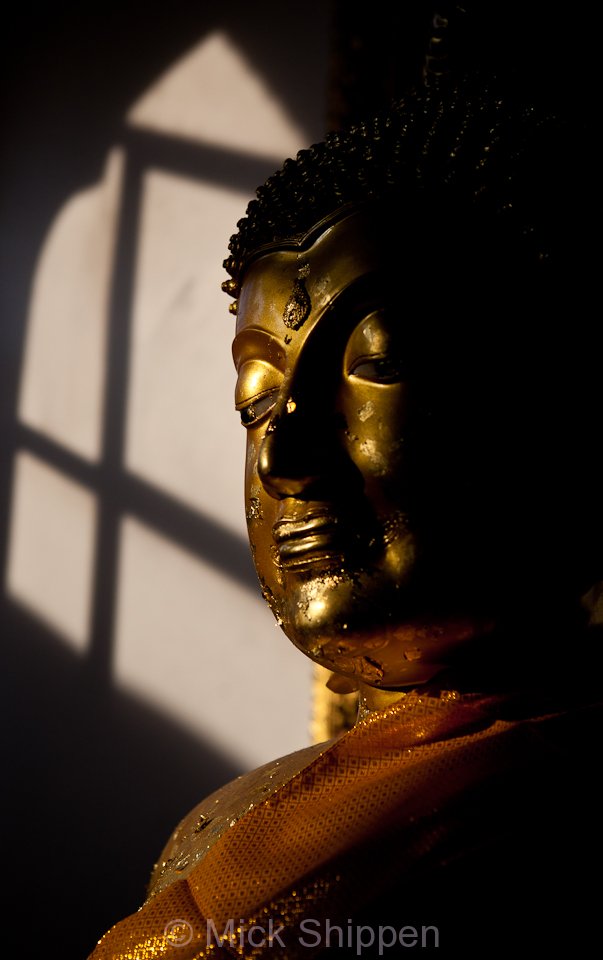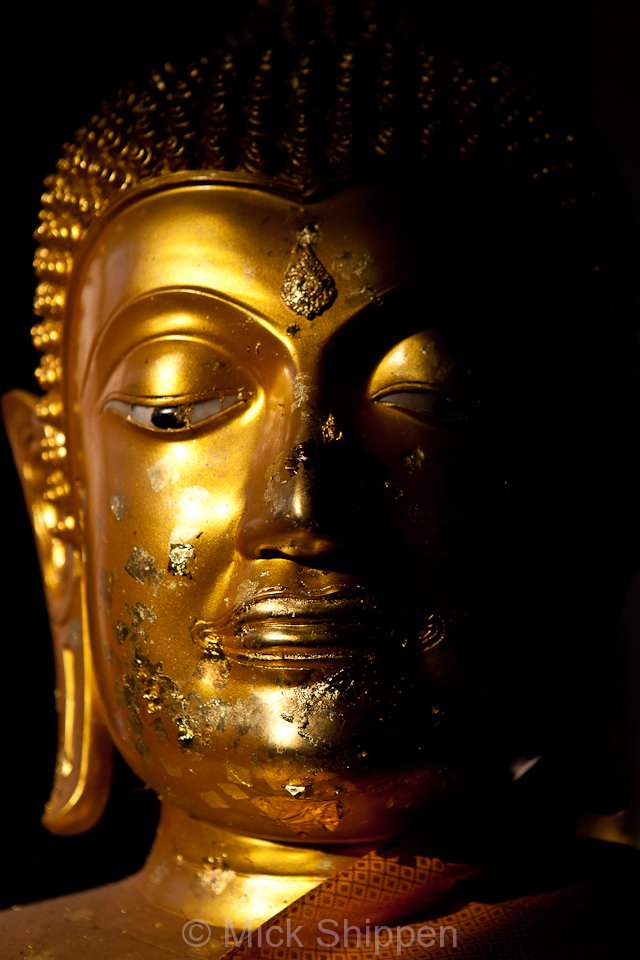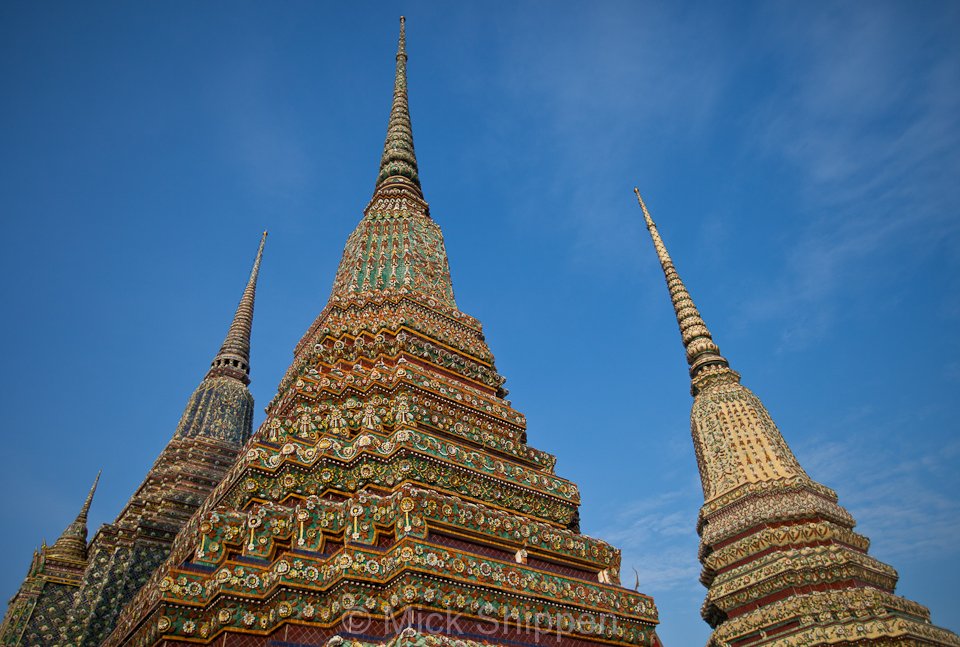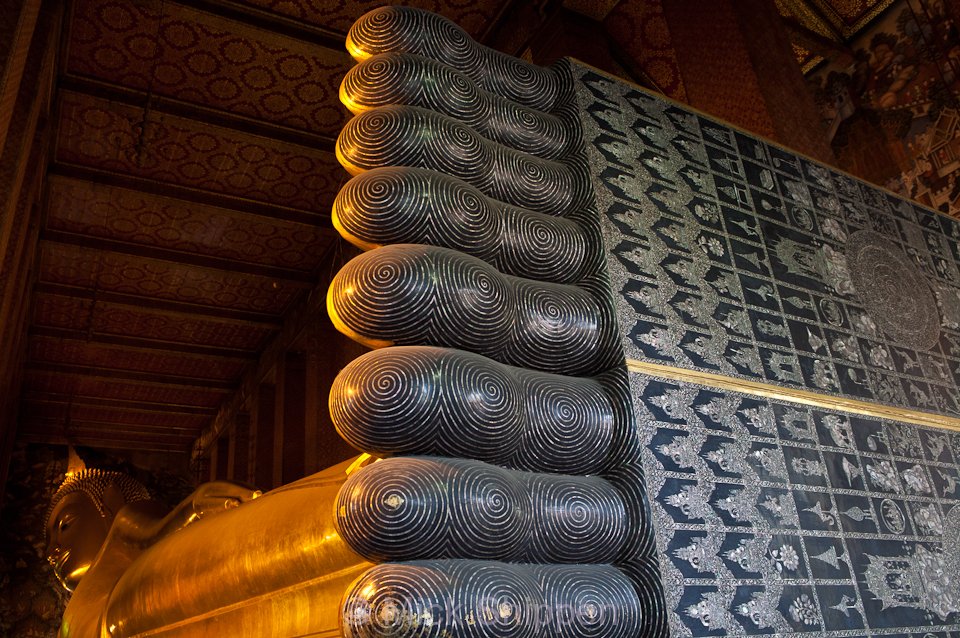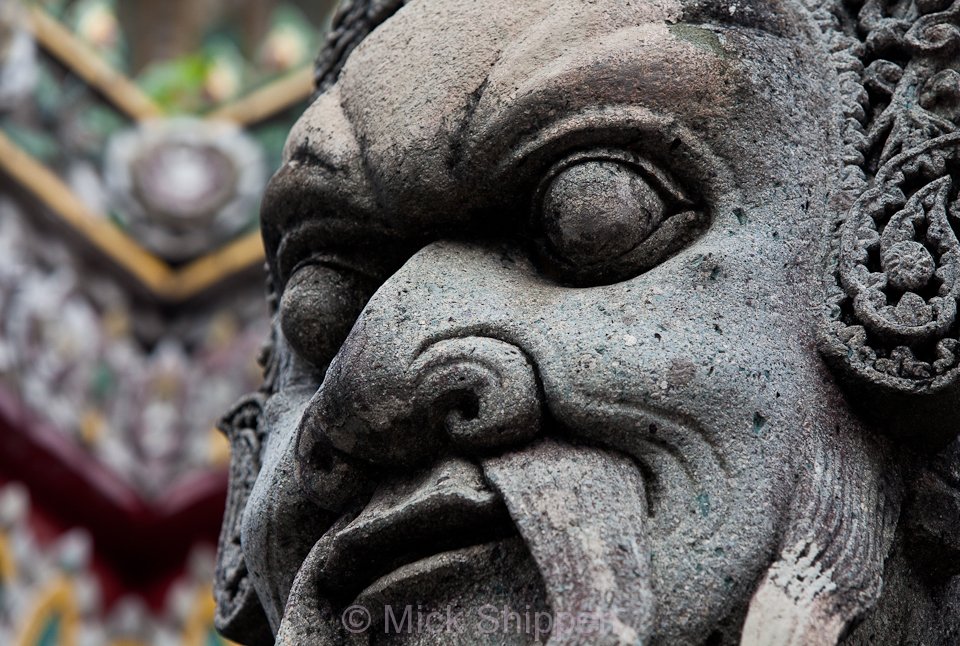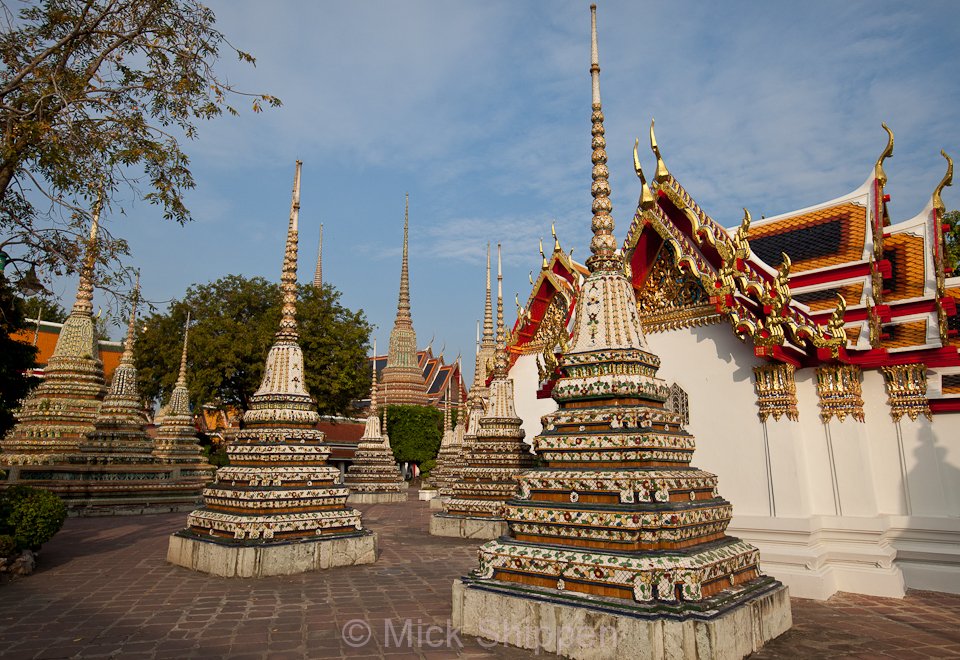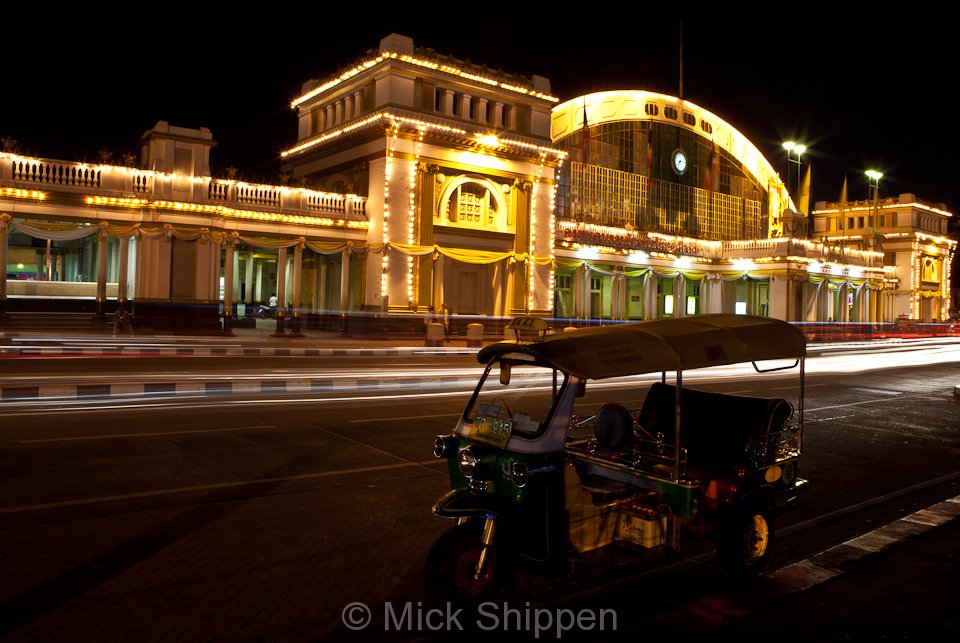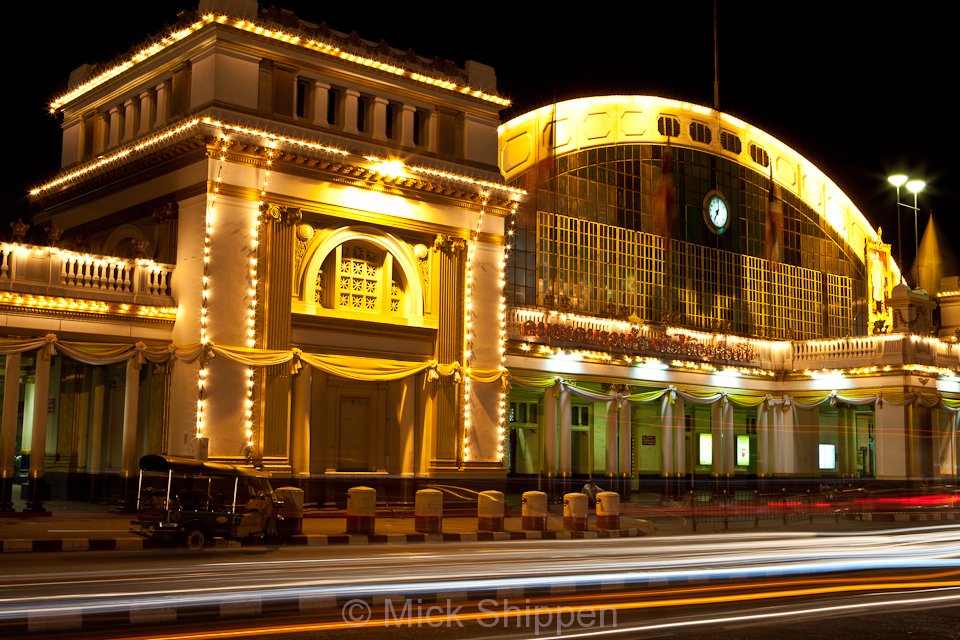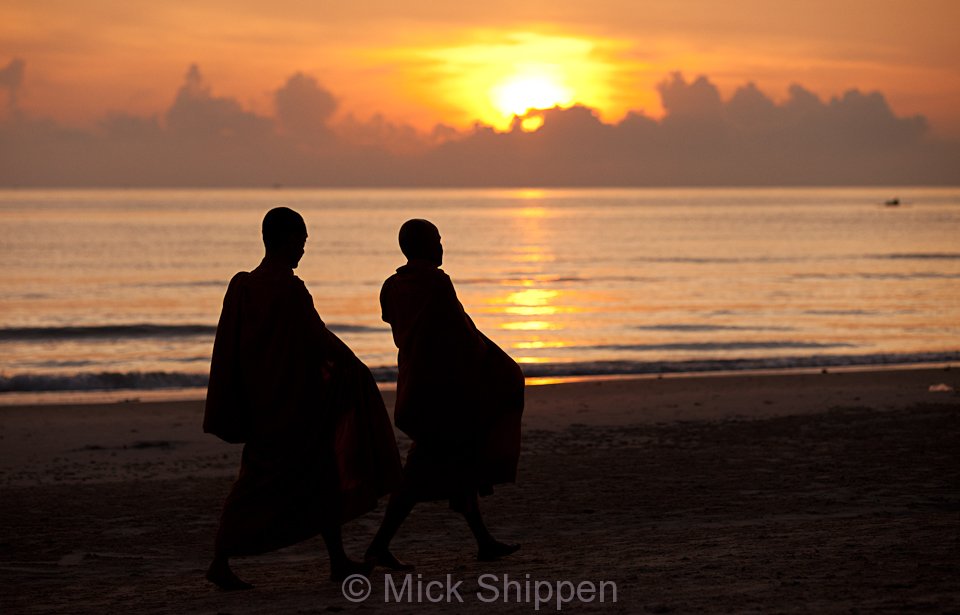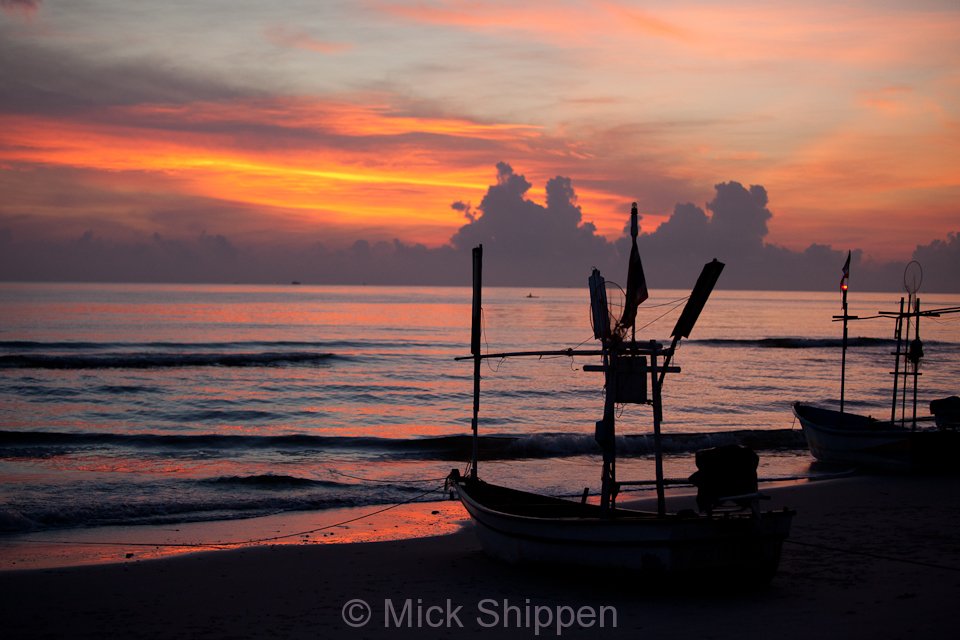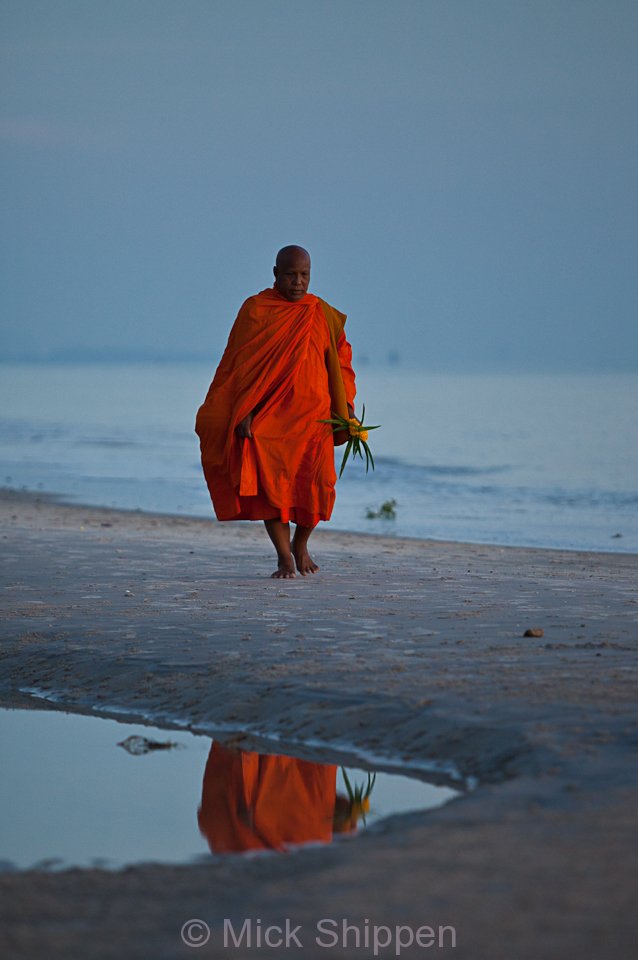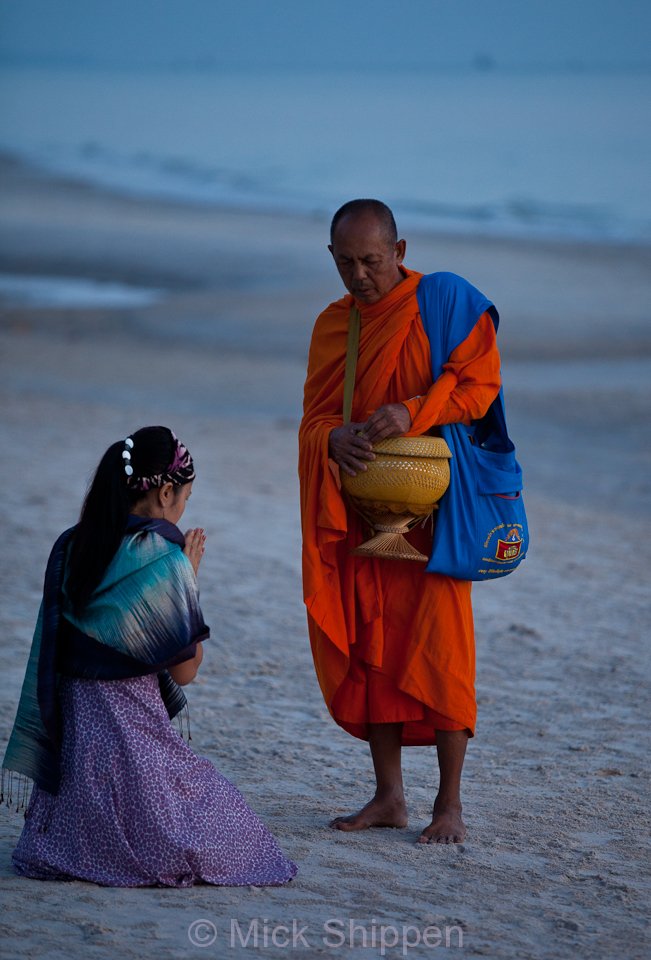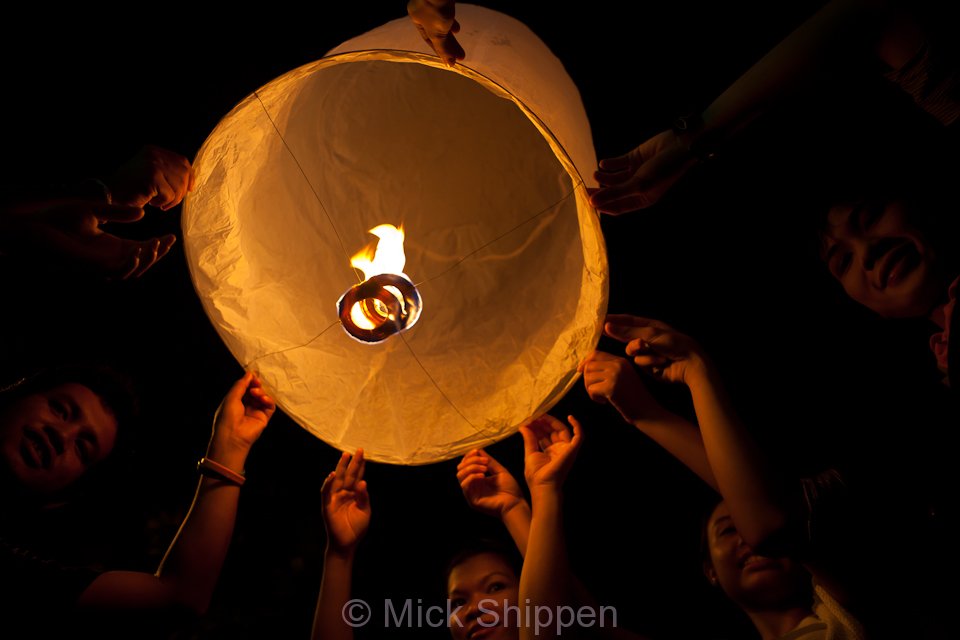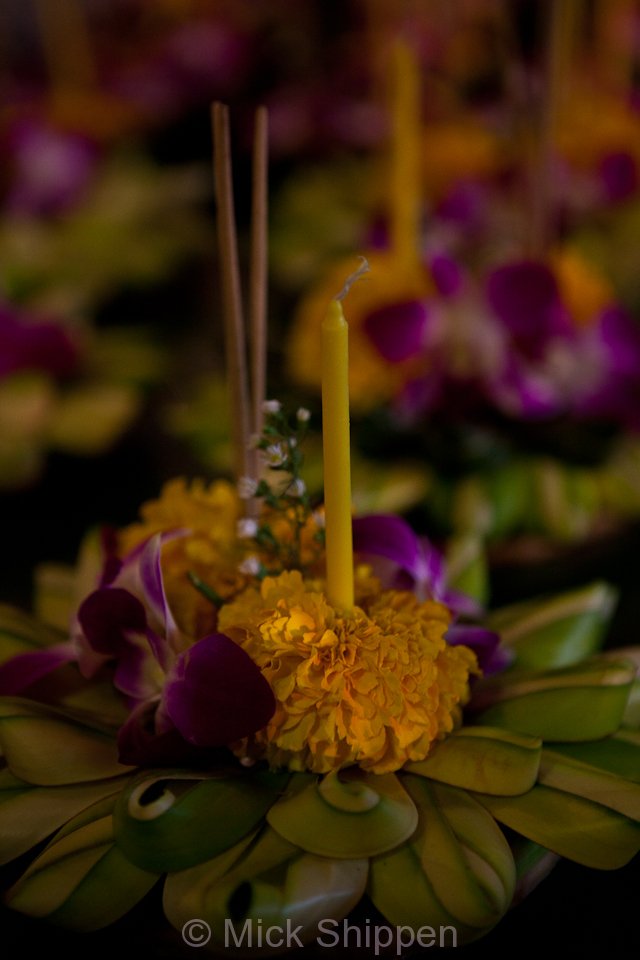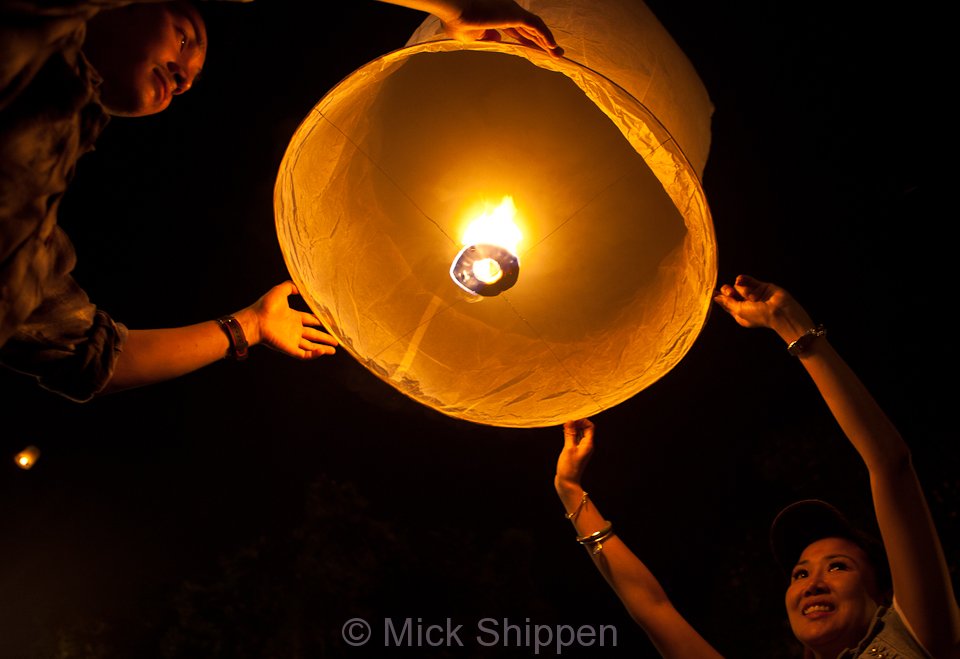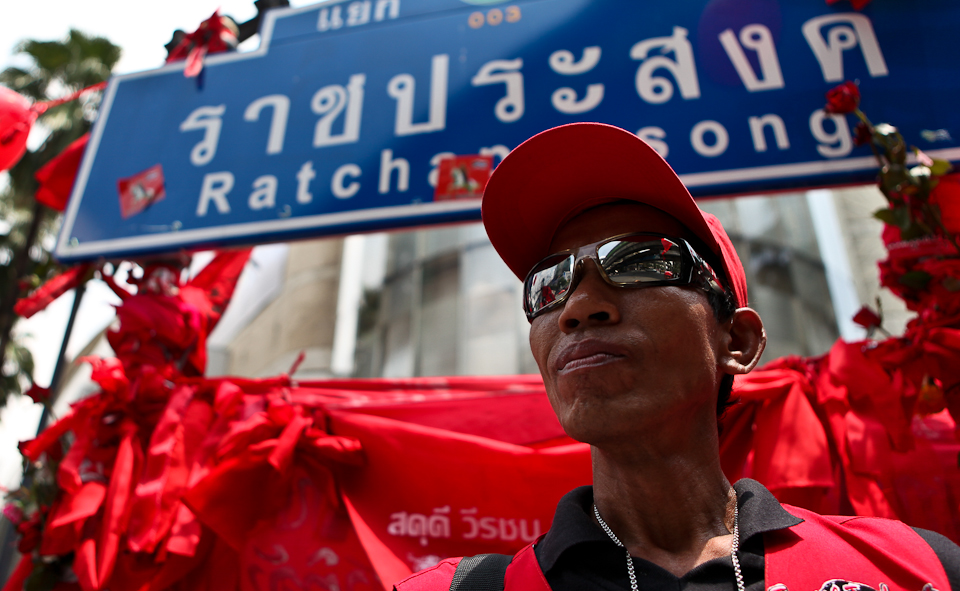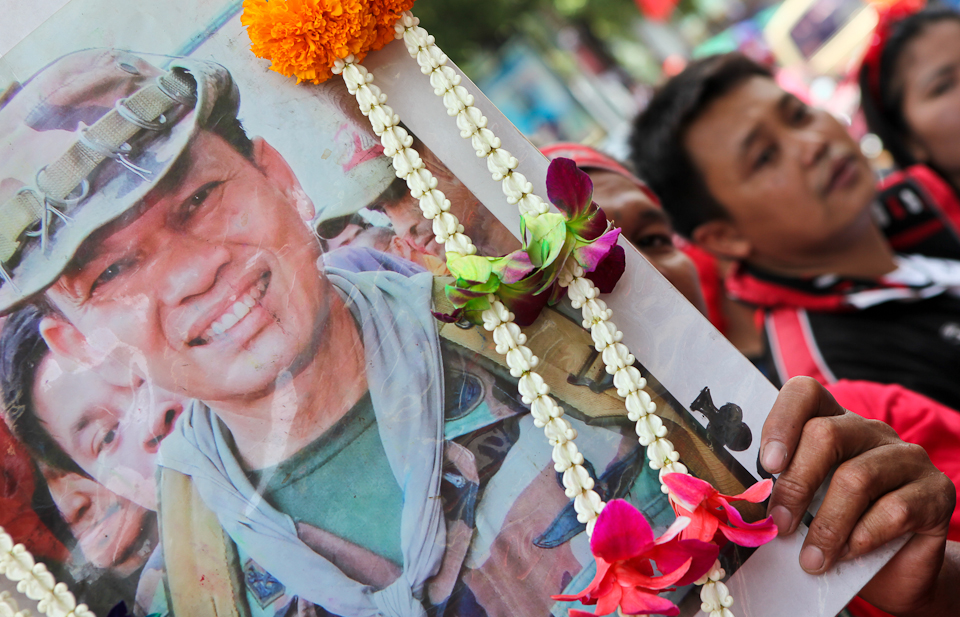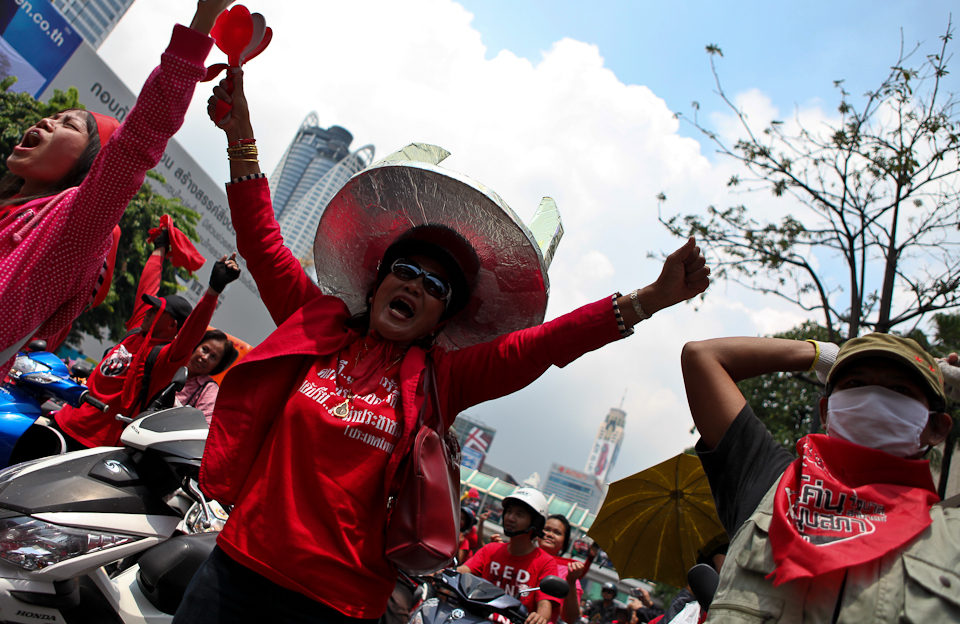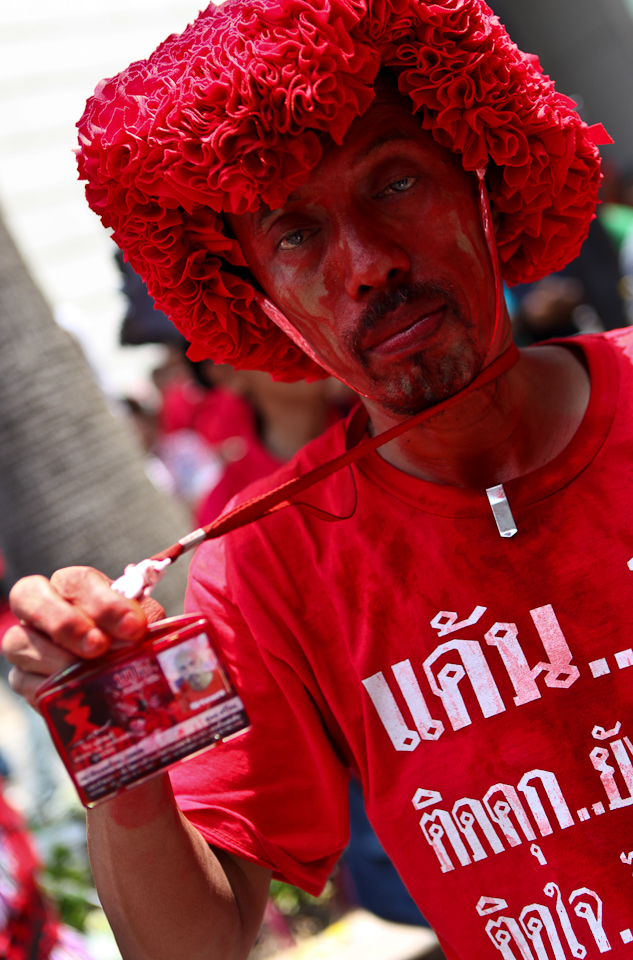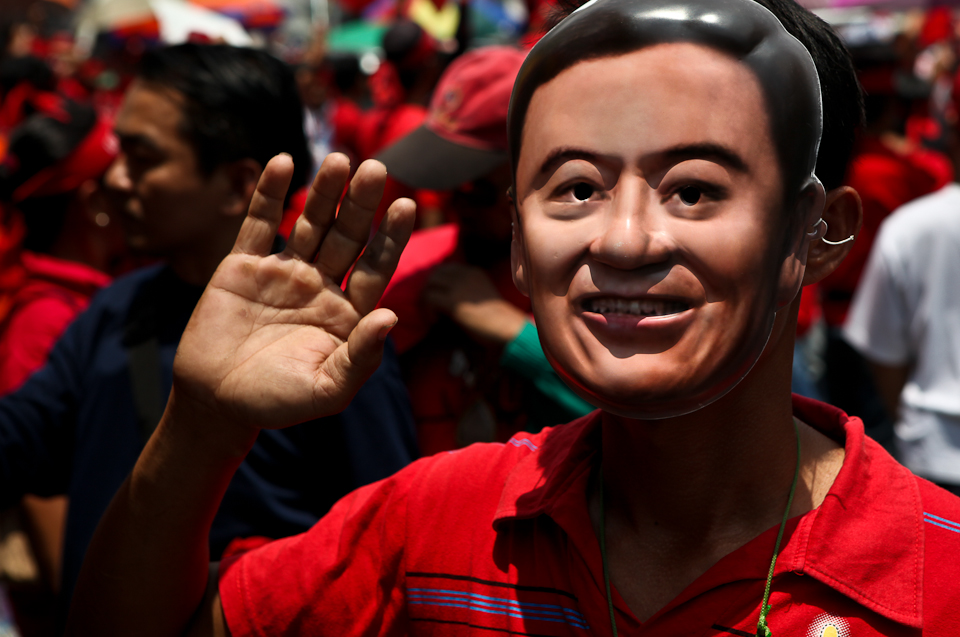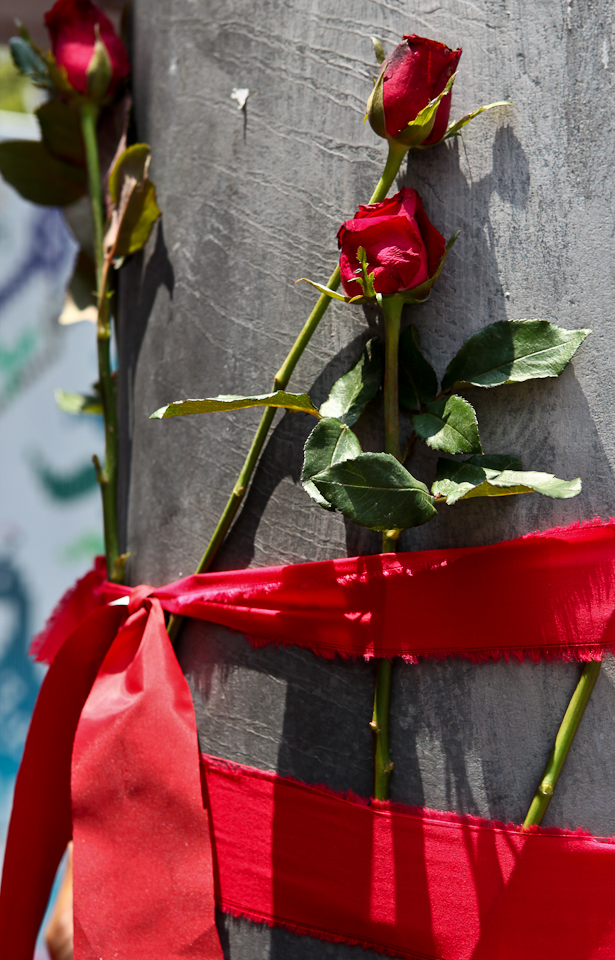Thailand has a stunning variety of street food. Towns teem with stalls serving a bewildering array of culinary delights. Any visitor to the country is strongly advised to occasionally forego the flashy restaurants and opt for a cheap and cheerful street treat.
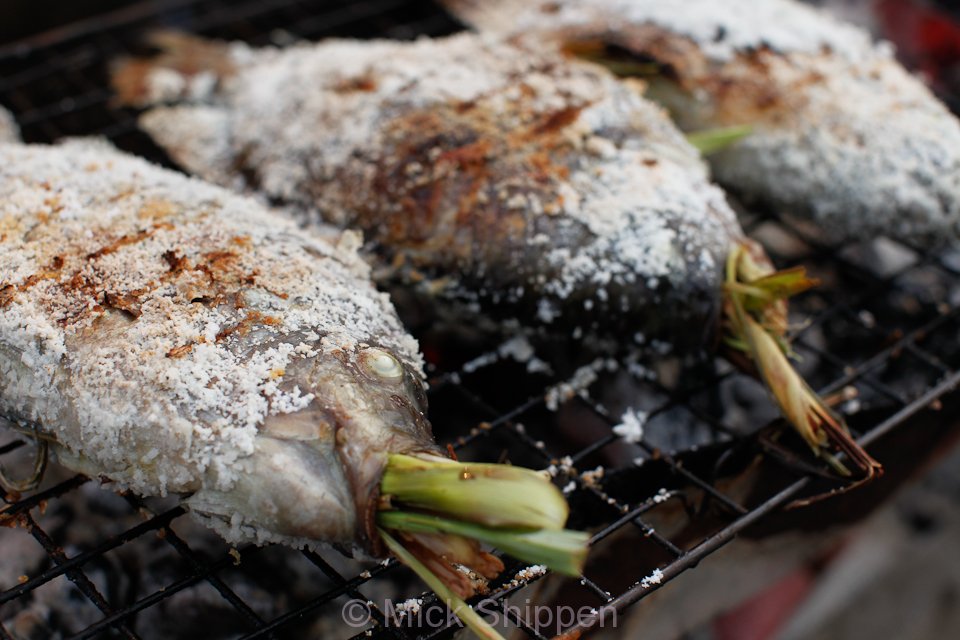
Dining street-side in Bangkok is an extraordinary experience, a feast for the eyes as much as it is for the stomach. I was recently asked to do a set of images for a restaurant. It was decided that the shots should be close-ups. It is still a work in progress but here’re a few examples.
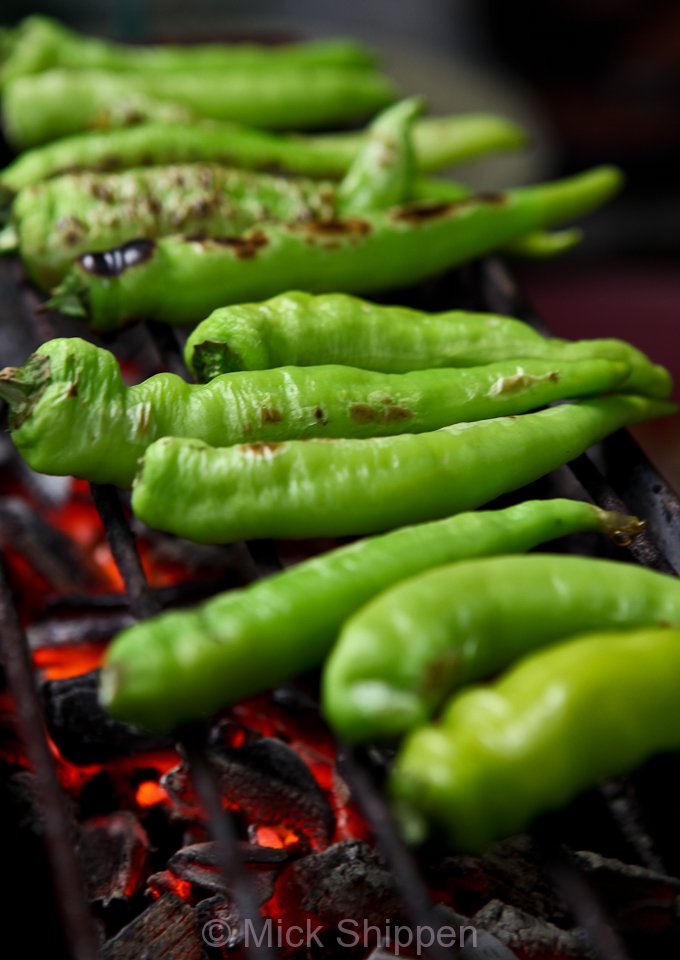
Thailand is often described as a ‘food culture’, a statement that implies that food is more than simply sustenance but central to almost every aspect of social life. One only needs to wander down virtually street to realise just how true that statement is.
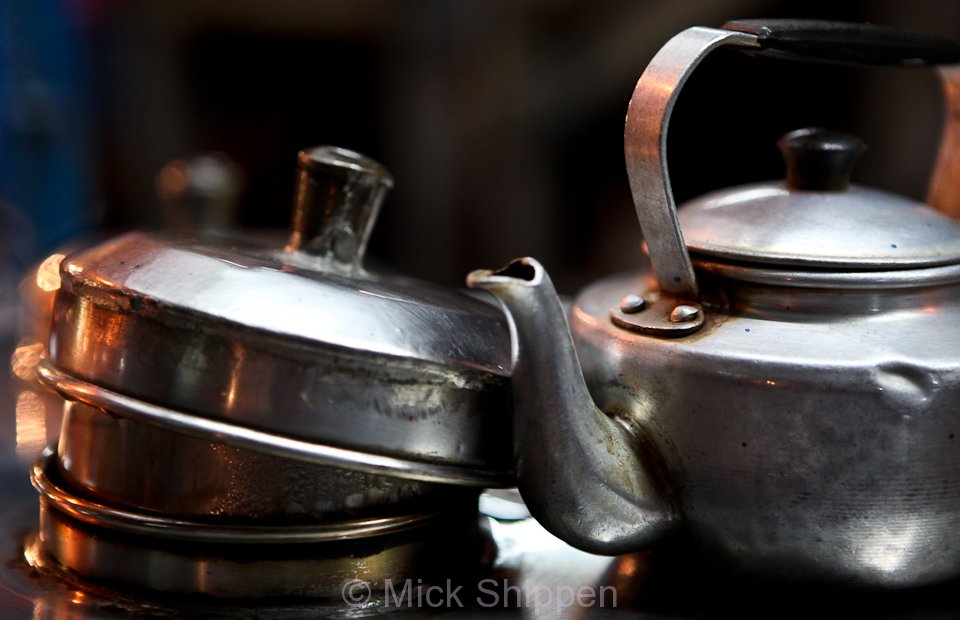
Almost everywhere, enterprising vendors have regular pitches on the pavement, many specialising in one particular item, while others are able to turn their hand to a bewildering amount of dishes. Yet they all have one thing in common, the food they serve is cheap, tasty and ready in minutes, the very definition of fast food.
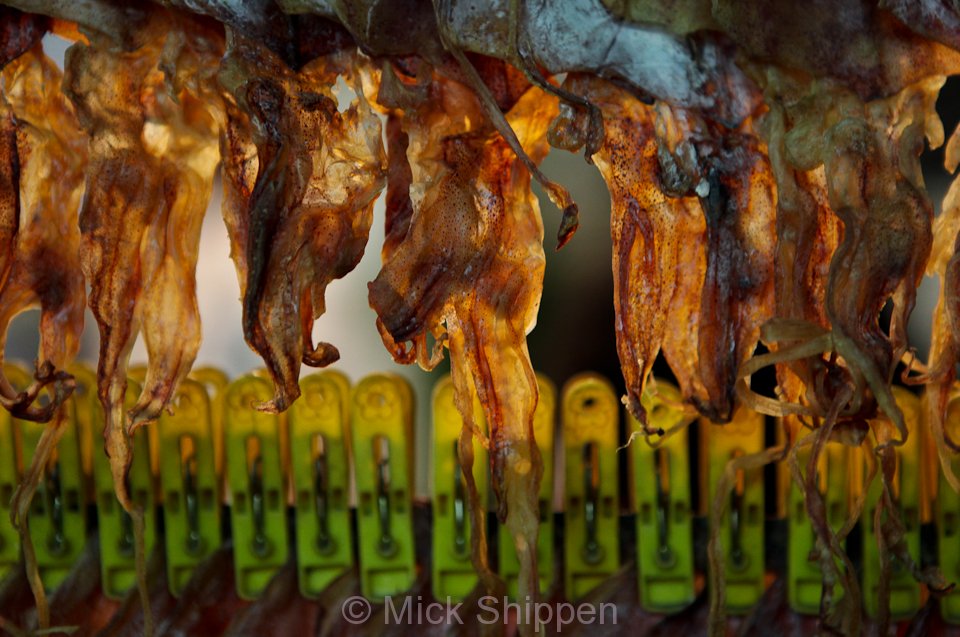
Whether you are looking for a quick alfresco breakfast, a full-blown lunch, a tempting in between meals nibble or something to soak up the ale after stumbling out of a bar, the street vendors have it all, 24 hours a day.
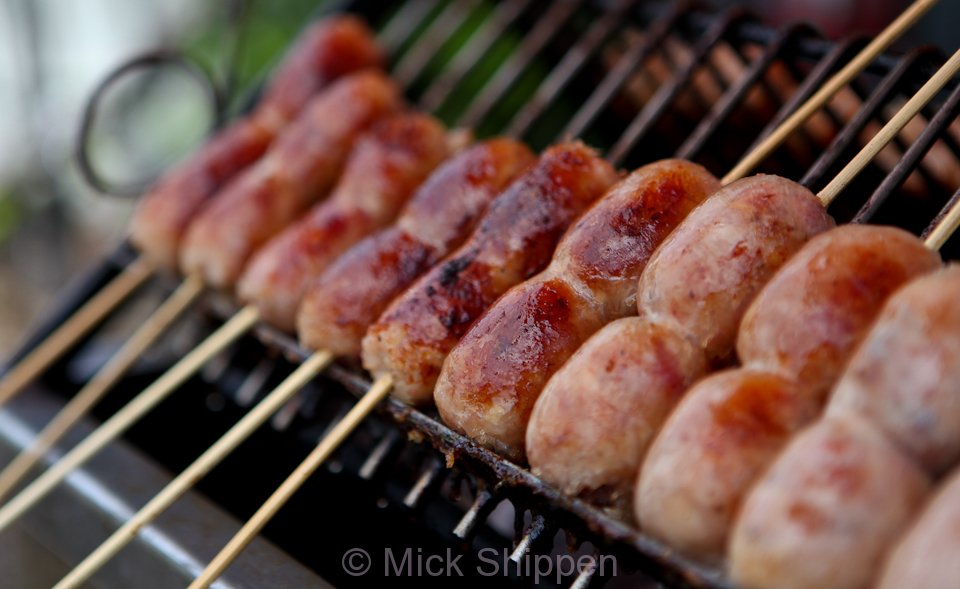
One of the most frequently heard greetings in the country is ‘kin khao yang?’, or ‘have you eaten yet.’ Thai people are communal diners and grazers, seldom eating alone and never satisfied with just one dish. After work, street stalls swarm with office staff and the air is filled with the irresistible aroma of dozens of different dishes, the fiery waft of stir-fried chilies, lemongrass scented soups and grilled meats.
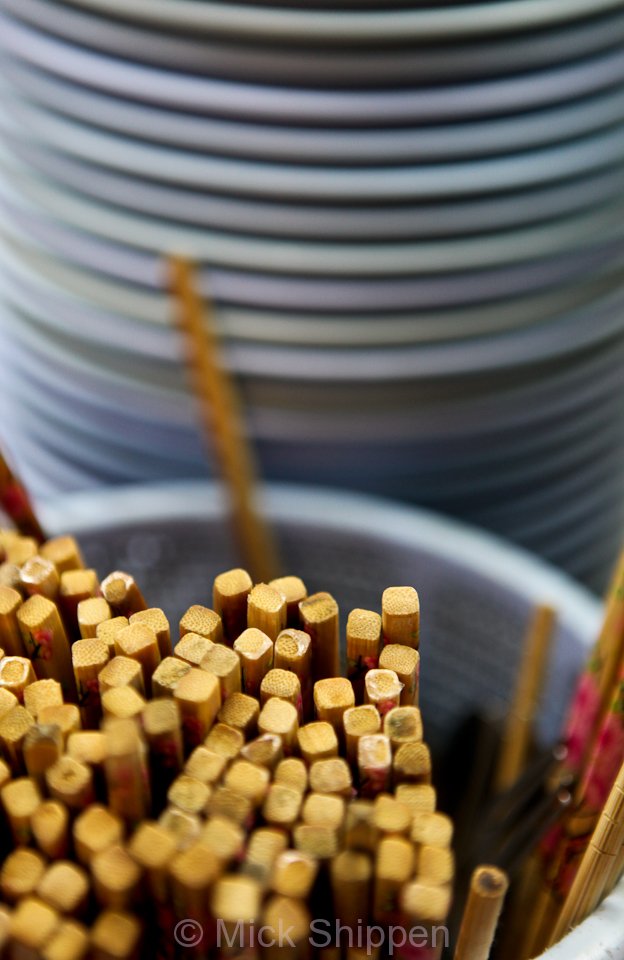
Although the typical Chinese noodle or chicken and rice stall is still very much part of Bangkok’s culinary street scene, the majority of the street traders come from the northeast of Thailand, economic migrants from the hot and under-developed Issan. As part of the Asian tiger economies much of the Thailand’s boom time growth and investment during the early 90s focused on Bangkok, by-passing the rural areas. Resilient and hardworking, Issan people moved in droves to the big city to work as taxis drivers or as labour on construction sites, bringing with them their distinctive music, culture and of course, food.
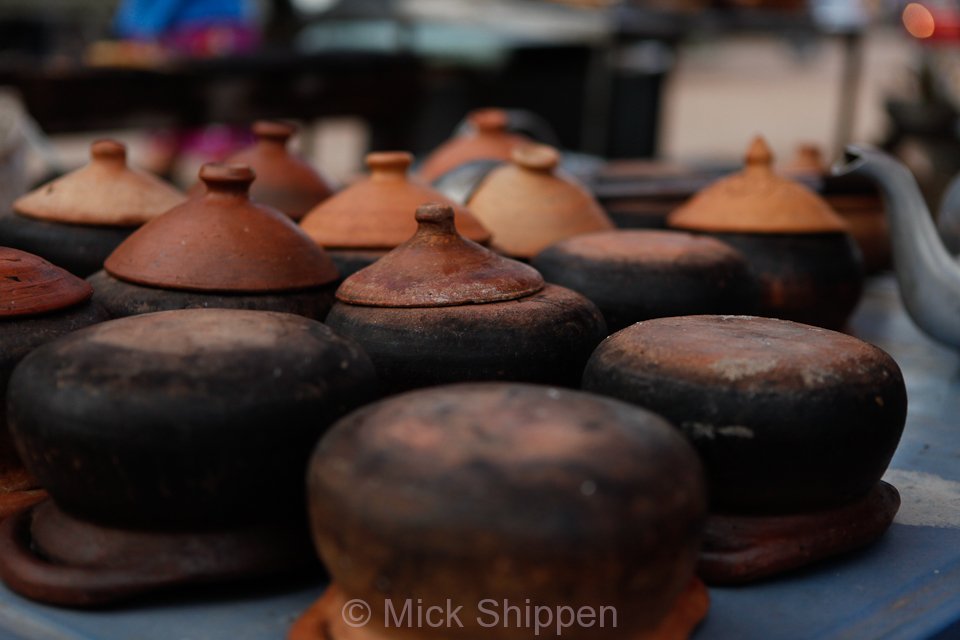
Street vendors provide a great service and create a very special atmosphere, not only within the environs of Bangkok but across the entire country. The price of food is kept low due to minimal overheads; most pay a small fee for their pitch to shop owners if they are in front of a business and a weekly backhander to the police.Vendors are such an integral part of Thai life it is hard to imagine the city without them. Bangkok authorities, who have said that they believe there to be over 43,000 street stalls throughout the city, declared Monday to be a vendor-free day. It is then that you truly realize how much the city’s character is defined by these amazing roadside chefs. Yet their wonderful cooking and easy availability of cheap and tasty food is increasingly threatened.
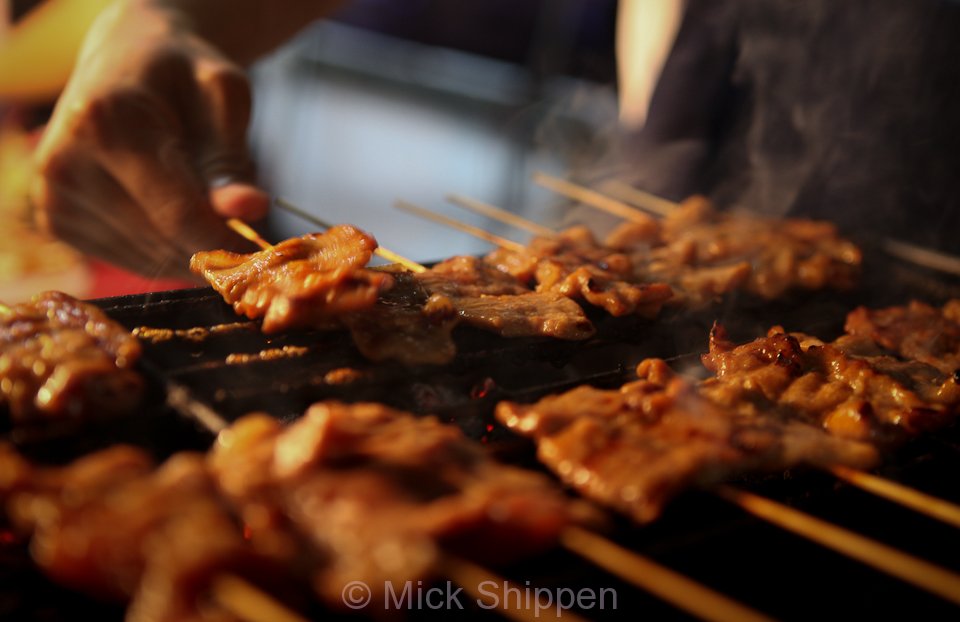
In recent years occasional campaigns by the authorities have attempted to remove them from certain areas, blaming them for contributing to traffic problems or stating that they are a nuisance for pedestrians. When international dignitaries visit the country stall owners are often banned from selling on the street in order to ‘clean up the city and create a good impression’. Keen to create and enforce the rules and regulations that blight western nations, the authorities seem oblivious to the fact that most visitors love to see and sample the remarkable food.
